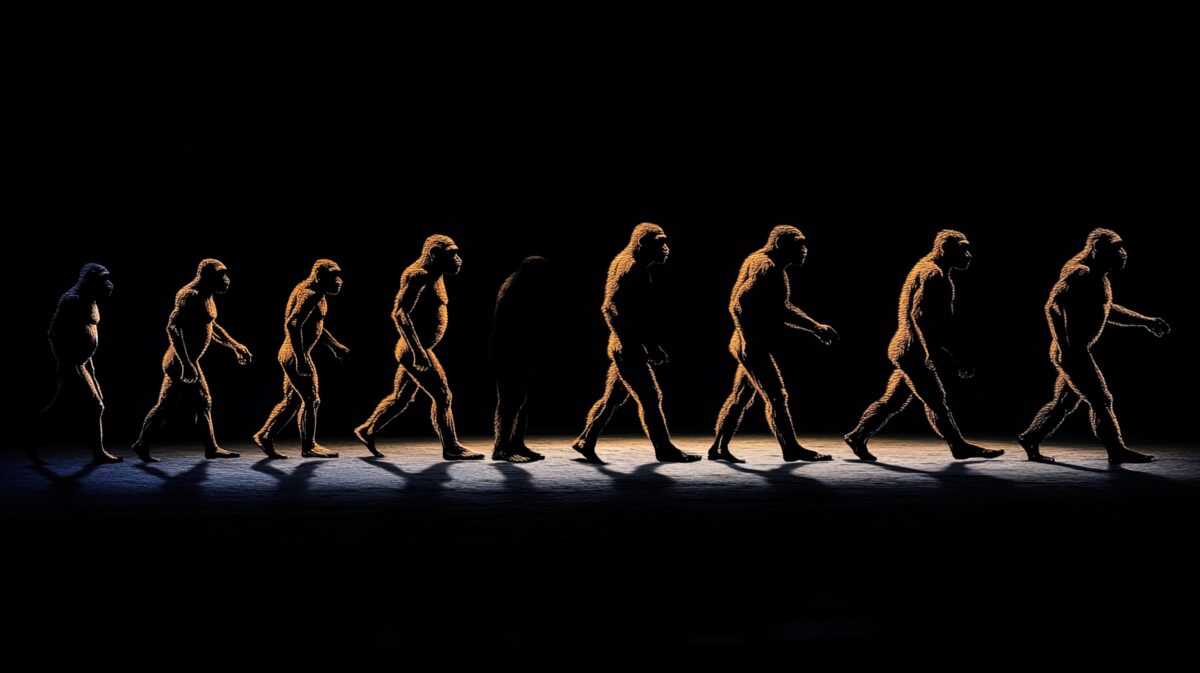Springtime for Darwin
[Editor’s Note: This is crossposted at Discovery Blog] Schools are in recess this time of year, so busloads of girls using “like” as a verbal crutch and wise cracking, baggy pants boys are wending their way through the cherry blossoms of America’s capital. In these security-conscious times it is harder than ever to get a tour of the White House or Capitol, so parents and chaperones are quick to steer the young to the Mall. A traditional favorite is the National Museum of Natural History, where for several years now Darwinian fairytales have been presented in an exhibit on mammals that encourages our offspring to have a family reunion with their “relatives”, including chimps, dogs, and mice. Here are strange Read More ›







































